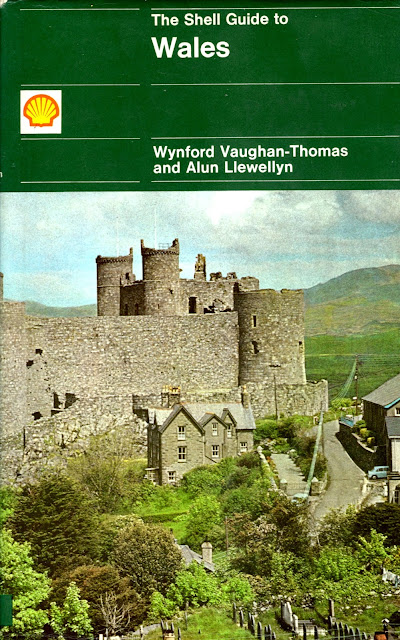To estimate the number of sheep that would need to be sheared during the month of June for this Celtic period of time is difficult. Just imagine bringing all the sheep in the hills to one agreed upon location, prep and shear the sheep, clean and care for the wool, bundle the wool in transportable ways, and keep track of who belongs to what! The book by Spufford (cover shown below) brings to life the wool trade for medieval Europe many years after the Celtic period.
On page 327 he states that "The quantity of English wool exports reached over 45,000 sacks in the single year 1305." By his numbers, he gives that each sack contained the wool of between 180 and 250 sheep. Thus, 45,000 sacks of wool counted for 8,000,000 to 11,000,000 sheep! That is millions of sheep.
Likewise, in their wonderfully written book, the Giles report "At Bowerchalk in Wiltshire, twenty-three are known to have owned 885 sheep, or 41 per owner;...". In the same sentence they continue "...: at Merton, eighty-five tenants owned 2,563 sheep, and one is known to have owned 158." This would equal 30 sheep per person. [ 2,563/85] The cover of their book is shown below.
Taking the estimation of the number of sheep back to our Celtic years becomes more uncertain. My favorite and most trusted text by Green [The Celtic World] in the chapter by Peter Reynolds titled "Rural Life And Farming" p.188, reads: "...it is important to remember that a decade in farming, like a week in politics, is a long time, certainly long enough to see shifts in a farm's livestock holding - whether by choice or by external constraints, like disease or extreme climate conditions or a combination of both." Wow, how true it was, and it is today! A few more posts to come by the numbers..



.jpg)
.jpg)
.jpg)
.jpg)











